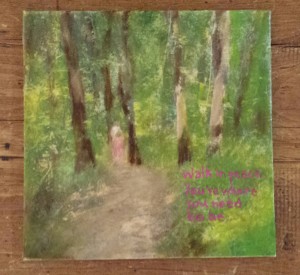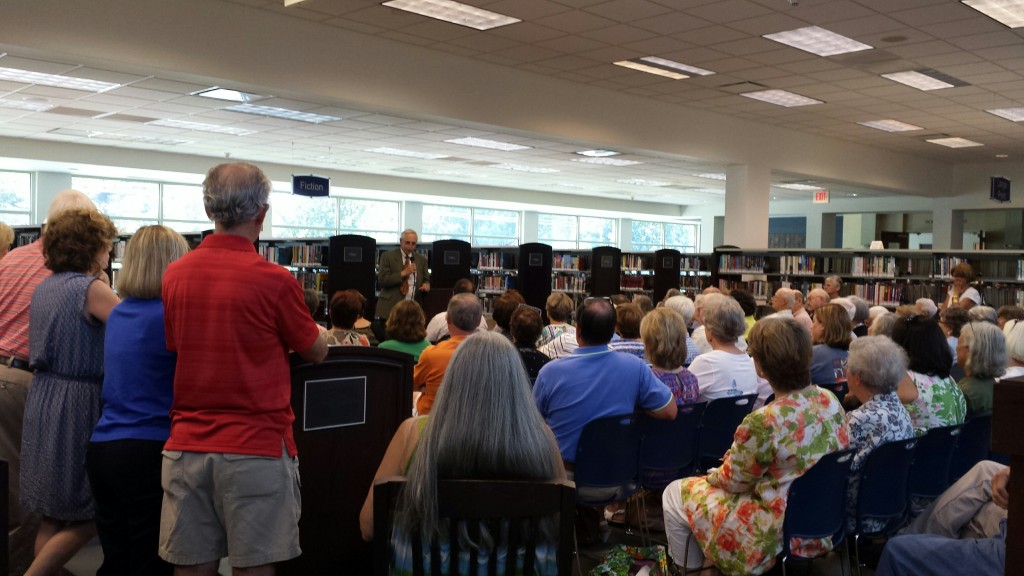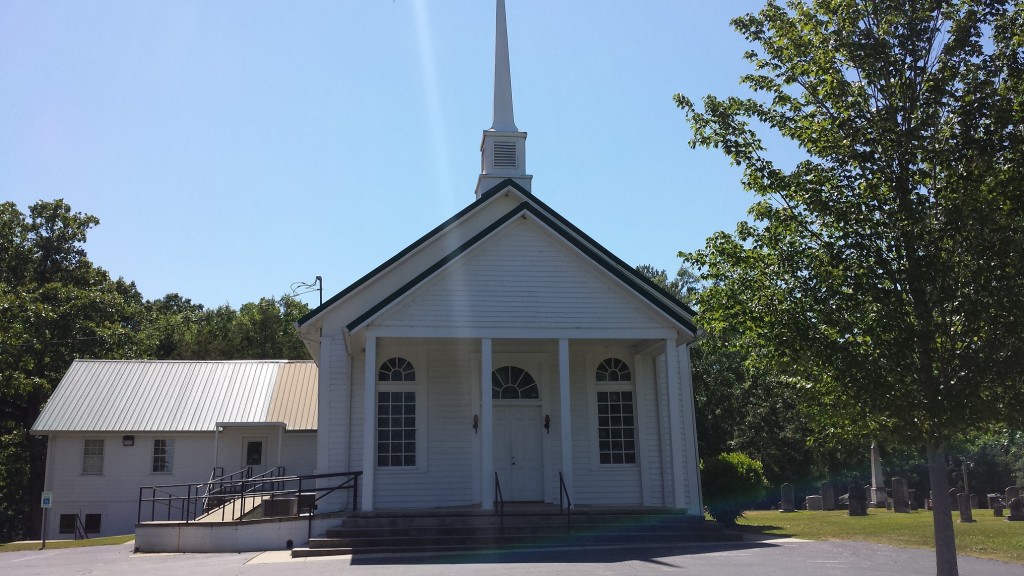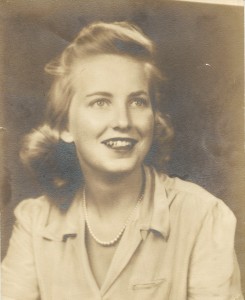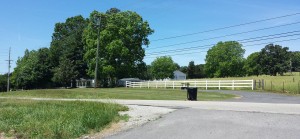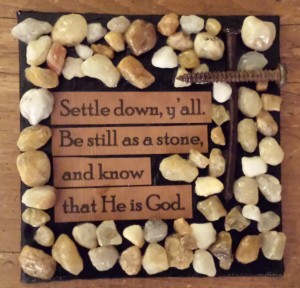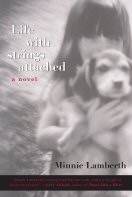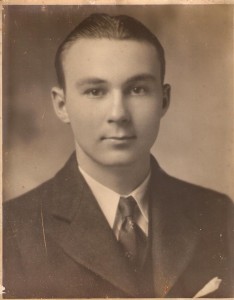 For an idea to come to fruition, one thing it needs is a font. So I asked my advertising friend and colleague, Slats Slaton, if he wouldn’t mind helping me with typography for The Nail’s Pace Collection. He didn’t, and a short time later, he delivered. Now I’ve got myself a font. Big day.
For an idea to come to fruition, one thing it needs is a font. So I asked my advertising friend and colleague, Slats Slaton, if he wouldn’t mind helping me with typography for The Nail’s Pace Collection. He didn’t, and a short time later, he delivered. Now I’ve got myself a font. Big day.
This is one step among a series of steps in the evolution of an idea.
Speaking of… Slats is the one who told me about the phrase, “This is not it, but…” It seems that when he and another colleague discussed creative ideas, they’d get a germ of a thought and give it voice with the caveat, “This is not it, but…”
When you say this phrase, it’s as if you’re saying, “I’m thinking of this direction. I know it’s not finessed, so don’t knock it down with reality-based concerns. Just see where we could go with it.” It’s a little like you’re opening a package while cautioning people not to focus on the packing tape and bubble wrap until you can get down to the essence of what’s inside.
 I started the “This is not it, but” process on The Nail’s Pace Collection last February – which was when I first tried to glue found objects on a canvas in a way that conveyed an inspirational message. In that first attempt, I used the objects themselves to spell out the message. Interesting, but limiting in what could be said. This was not quite it. Back to the gluing board.
I started the “This is not it, but” process on The Nail’s Pace Collection last February – which was when I first tried to glue found objects on a canvas in a way that conveyed an inspirational message. In that first attempt, I used the objects themselves to spell out the message. Interesting, but limiting in what could be said. This was not quite it. Back to the gluing board.
 One day I had an idea to glue roadway rocks and dirt on a canvas with some found objects placed like a cross. I called it Cross Road, but I didn’t know how anyone would know that I called it Cross Road.
One day I had an idea to glue roadway rocks and dirt on a canvas with some found objects placed like a cross. I called it Cross Road, but I didn’t know how anyone would know that I called it Cross Road.
Later, I figured out how to put words with the piece so that people would know that I called it Cross Road.
I forget the exact order of my ideas – there were other attempts in the middle – but then one day I had an idea for a phrase that I wanted to use – “I may have a screw loose, but God loves me just as I am.” I had picked up a lot of screws along curbs and sidewalks, and I wanted to see if I could create a stick figure made out of screws.
Yes I could. By then, this was July. My experiment was on a black background. But I didn’t  stop there. I wanted to see what I could do to make the piece better overall.
stop there. I wanted to see what I could do to make the piece better overall.
 That’s when I came to the idea about adding other elements, including scripture underneath, a heart in the middle and acrylic paint.
That’s when I came to the idea about adding other elements, including scripture underneath, a heart in the middle and acrylic paint.
Then once I had the idea about that heart  in the middle, I went back to the original message, a verse from Ephesians 5, “Walk in the Way of Love,” now with different elements.
in the middle, I went back to the original message, a verse from Ephesians 5, “Walk in the Way of Love,” now with different elements.
Then in September, I got to thinking about something else. What if I made the heart purple? I made a note about that one day in church.
 Someone wounded in battle in the military would receive a purple heart, right? Well, in a sense, we’re all wounded. Life is tough. There are many battles, and we all have scars. So I was wondering what if I made the heart purple.
Someone wounded in battle in the military would receive a purple heart, right? Well, in a sense, we’re all wounded. Life is tough. There are many battles, and we all have scars. So I was wondering what if I made the heart purple.
I could certainly try that, but if I did, what I would I say? What would the message be? I had to think through that a good bit, and I finally landed on the verse from Isaiah 53: “By his wounds, we are healed.”
 So that’s pretty much the Nail’s Pace. Walk in the way of love. When you come to a cross road, take it. Even when you’re on that road, there’s a lot you won’t be able to figure out or fix, or tighten screws that are loose. You can’t heal your heart on your own. You get there by trusting in those nail-scarred hands that call to you and care for you.
So that’s pretty much the Nail’s Pace. Walk in the way of love. When you come to a cross road, take it. Even when you’re on that road, there’s a lot you won’t be able to figure out or fix, or tighten screws that are loose. You can’t heal your heart on your own. You get there by trusting in those nail-scarred hands that call to you and care for you.
Be not afraid, y’all.



